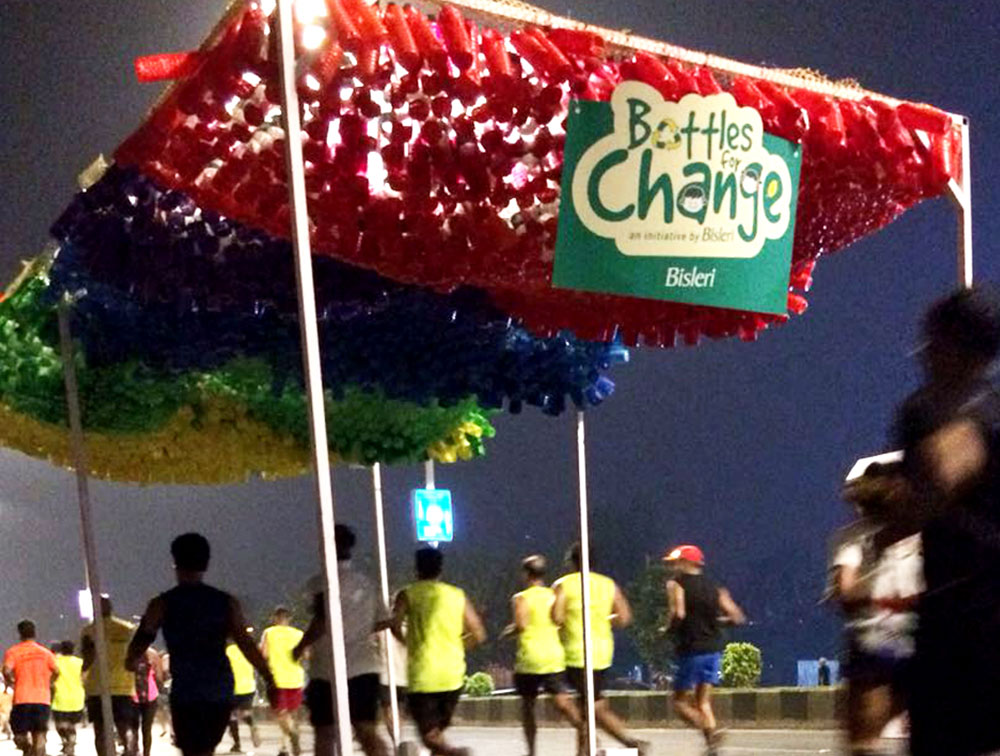In the urban landscape of 2025, public art installations have evolved beyond mere decoration to become transformative elements that reshape how we experience shared spaces. Cities worldwide are embracing innovative artistic interventions that blend technology, sustainability, and community engagement to create meaningful public environments.
The Rise of Interactive Public Art
Today’s public art installations encourage active engagement rather than mere observation. Urban centers have embraced touch-sensitive sculptures, interactive light displays that respond to movement, and smartphone-integrated experiences as common features. These interactive components turn ordinary plazas and parks into vibrant social hubs where individuals from different backgrounds can connect and bond through shared artistic encounters.
Sustainability Takes Center Stage
The impact of environmental awareness on public art in 2025 has been significant. Artists are embracing the use of recycled materials, renewable energy sources, and regenerative designs that actively enhance their surroundings. Living sculptures that incorporate vertical gardens and air-purifying features not only serve as visually striking landmarks but also provide practical solutions to urban environmental issues.
Technology-Enhanced Experiences
Augmented reality overlays have revolutionized how we interact with public art. Visitors can point their devices at seemingly simple installations to reveal hidden digital dimensions, historical contexts, or artist commentaries. This technological integration has made public art more accessible and educational while creating layered experiences that change with each visit. For our #EVMyDelivery art installation made for Purpose India, the installation showcased the coming together of art, sustainable commerce and environment. It depicted a solar assisted-powered electric wheeler made from waste metal nestled in a metal terrarium-like orb. This solar powered art installation was an interactive installation wherein a viewer was given a freebie of a seed bomb upon interacting with the throttle of the upcycled 3-wheeler nestled inside a live plant orb framework. The objective of Bengaluru Moving of creating such an installation was to call attention to and visually demonstrate how electric vehicles for last mile delivery are cleaner and more sustainable as they significantly reduce eliminate tail-pipe emissions.
Community-Driven Creation
The most successful public art installations of 2025 are the result of collaborative efforts between local communities and artists. City planners and artists frequently involve neighborhood residents in the conceptualization, design, and even construction of public art that genuinely represents the local identity and addresses community requirements. For our PET bottles canopy made for Bisleri , we used 5000 rejected PET bottles by India’s oldest packaged drinking water company, used to make a rainbow hued canopy for the enthusiastic marathon runners challenging their fitness and running to raise funds for a good cause. This installation was created around the “Bottles for Change” campaign by Bisleri where on behalf of every runner who ran through the corridor, Bisleri sponsored meals for an entire year to the waste picker’s children who were being educated at the PBVS (Parisar Bhagini Vikas Sangh) study center, Chembur.
As we navigate increasingly digital lives, these thoughtfully designed art installations provide essential physical touchpoints that ground us in our shared humanity and public spaces. They remind us that urban environments can be more than functional—they can be surprising, delightful, and deeply meaningful.
As we move forward, public art installations continue to transform our urban landscapes, creating meaningful connections across communities and between people and places. In our increasingly digital world, these physical artistic experiences provide rare moments of wonder and shared humanity.
Forward-thinking cities now view public art as essential infrastructure for vibrant communities rather than optional decoration. Through artistic innovation, urban spaces become more inclusive, sustainable, and emotionally resonant for all residents.
Public art will remain central to urban revitalization efforts, reshaping not just the aesthetic but the very function and feeling of our shared spaces in the years ahead.
